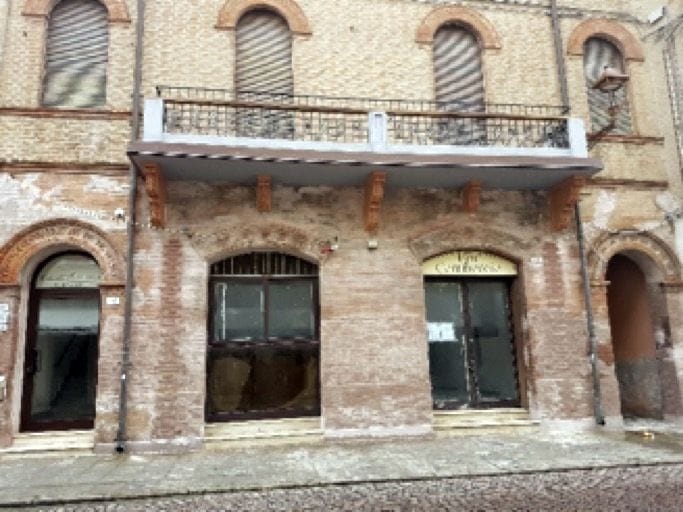![Palazzo Spada at Ferrara, Italy with 3D printed capitals [Source: Massivit]](https://fabbaloo.com/wp-content/uploads/2020/05/image-asset_img_5eb0a5fc47baa.jpg)
I’m reading an interesting case study about an application for 3D printing I’d not seen before: architectural restoration.
Italian company Simsaitalia, a specialist in promotions using both 2D and 3D technologies, was able to provide a unique restoration to a 19th century structure using 3D printing. I’ve not seen this particular application before, but it seems to offer multiple advantages over traditional approaches.
The job was to restore the Palazzo Spada at Ferrara, Italy, now operating as a hotel. Evidently the capitals (intricate support structures) were badly eroded over time and required replacement. The building owners considered using traditional stoneworkers to reproduce the five capitals, but pricing for such manual labor these days is prohibitively expensive.
Instead, they opted to see if this could be done through 3D printing as implemented by Sismaitalia, who operate a Massivit 1800 3D printer. This device is normally used to 3D print large promotional items, such as giant pop bottles, etc. However, in this case they attempted to perform the restoration.
Their approach was to digitally design a replica 3D model of the capitals, and then 3D print them on the large Massivit 3D printer. The hollow prints were then quickly filled with polyurethane foam, and finished with plaster. A final paint layer brought the new capitals to a proper appearance that matched the remainder of the building.
![3D printed capitals ready for post-processing [Source: Massivit]](https://fabbaloo.com/wp-content/uploads/2020/05/image-asset_img_5eb0a5fc9272d.jpg)
This approach has multiple advantages over conventional stonework:
-
It’s far less expensive than using traditional stoneworkers
-
Results can be significantly more detailed than traditional approaches by preparing complex 3D designs
-
Production is far faster, as the print in this case took only 20 hours – the majority of the material is poured in after printing
-
Far lighter results, making it easier to mount on the building and producing less stress on supporting elements
There are a couple of disadvantages over traditional approaches, including a likely shorter lifetime for the capitals and far less strength. The capitals are likely more at risk for incidental physical damage due to their materials.
However, if this process were limited to non-supporting structural elements, strength would not matter. Similarly, the low cost and speed of production means they could be easily replaced later when their shorter useful lifetime has expired. In the event of damage, the print or a portion of it could be produced in rapid time.
Of course, appropriate equipment is required for this application: Sismaitalia uses the gigantic Massivit 3D 1800 printer, which has a build volume of 1450 x 1110 x 1809 mm. It’s intended to 3D print light objects for promotional use, but here it has been repurposed for architectural use.
This is quite interesting because Sismaitalia may have stumbled upon a powerful use case for 3D printing: quick and inexpensive building restoration. In fact, the same technique could also be used to produce architectural treatments for new constructions as well.
It may be their promotional business may be swapped for a more architectural future.
Via Sismaitalia (Italian) and Massivit












1 comment
Comments are closed.